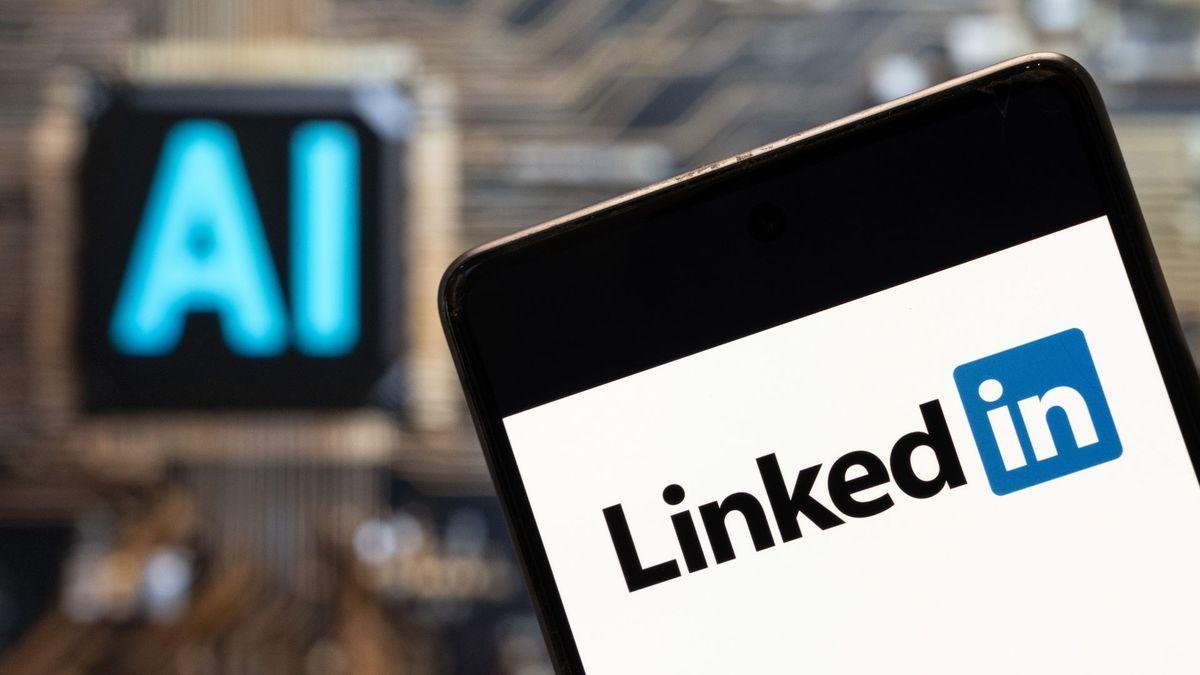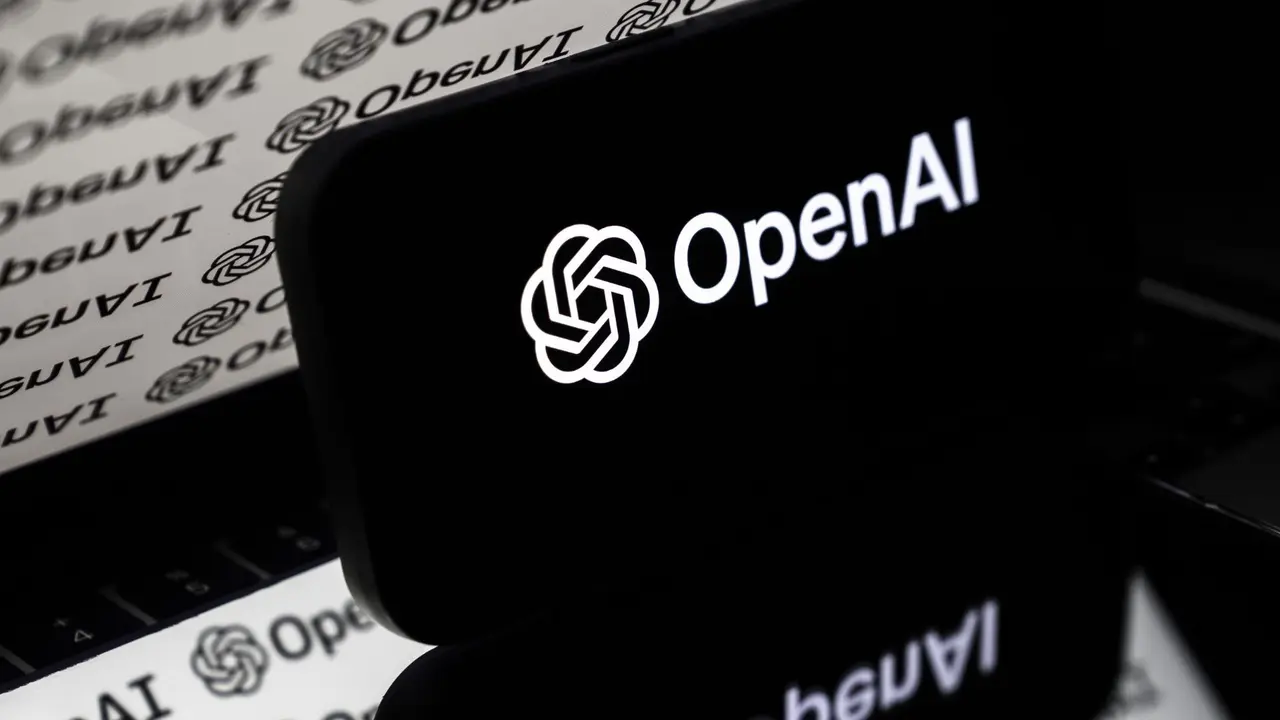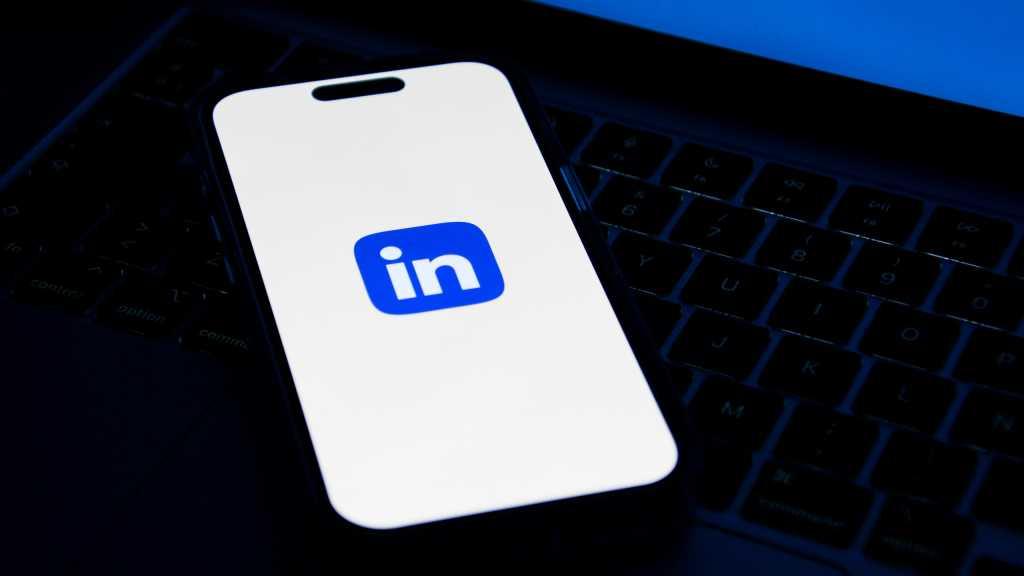LinkedIn Expands AI Training to Use More User Data Globally, Requires Manual Opt-Out
4 Sources
4 Sources
[1]
LinkedIn Is Using More User Data Than Ever to Train Its AI. Here's How to Opt Out
Don't miss out on our latest stories. Add PCMag as a preferred source on Google. Microsoft-owned LinkedIn has updated its Terms of Use policy to use more of its customers' data to train its generative AI. Last year, LinkedIn quietly announced that it would use your data to train its AI models and would require people to opt out. Days later, it was forced to stop scraping UK user data. It's now expanded AI training to cover the EU, EEA, Switzerland, Canada, and Hong Kong. Effective Nov. 3, "we started to use some data from members in these regions to train content-generating AI models that enhance your experience and better connect our members to opportunities," LinkedIn says. "This includes data like details from your profile, and public content you post on LinkedIn; it does not include your private messages." Although it claims DMs aren't being used for training, Microsoft was sued earlier this year for doing just that. LinkedIn denies any wrongdoing. In regions where this is active, including the US, LinkedIn will not collect data from individuals under 18. It will also not scrape login credentials, payment methods and credit cards, or member-provided salary data or job application data attributable to a specific member. It does, however, use the following categories of data to train its gen AI models: * Profile Data: Name, photo, current position, prior work experience, education, location, skills, certifications, licenses, volunteering experiences, publications, patents, endorsements, and recommendations. * Generative AI Usage Data: Content that you enter into gen AI features. * Jobs-related Data: Generic responses to screening questions and resumes that members add to their LinkedIn account for ongoing and future use. * Groups Data: Group activity and group messages * Member Content: Posts, articles, poll responses, contributions and comments (all formats) * Feedback: Feedback and improvement data, which may include support requests from members, thumbs up/down reactions to AI-generated suggestions, reporting of issues with generative AI content, or feedback submitted through our feedback features How to Opt Out of LinkedIn AI Data Training To turn off the use of your data for training LinkedIn's generative AI, follow these steps: * Navigate to LinkedIn's website or open the app, and login if necessary. * Select your profile imaged and Settings and Privacy. * Select Data Privacy from the left-hand menu. * Under How LinkedIn uses your data, select Data for Generative AI Improvement. * Toggle the option to Off. From then on, LinkedIn shouldn't use your data for training its generative AI. There's no guarantee it won't change that in the future, so keep an eye on your settings.
[2]
Microsoft-owned LinkedIn will use your data for training AI, unless you opt-out - General Chat
Companies have two options when they introduce new features: make them opt-in or opt-out. The first is the user-friendly option, as users may select to use a new feature or allow the company to do something. The second is the opposite. It benefits the company, as all users are rolled in and users needing to become active to avoid a change. This is true for a change on Microsoft-owned LinkedIn. Microsoft plans to start using user data on Linkedn for AI training starting November 3, 2025. The kicker: all users are opted in. Means, if you do not become active, your data will be used to train generative AI. Microsoft writes: "Starting November 3, 2o25, we'll use some of your LinkedIn data to improve the content-generating AI that enhances your experience, unless you opt out in your settings". So, there is an opt-out and Microsoft apparently is also emailing users of the service about the change. The change affects users worldwide. However, users from the European Economic Area, Switzerland, and the UK won't have their data "made available to certain LinkedIn affiliates (such as Microsoft) for training generative AI models without further notice" according to a help document we spotted on the LinkedIn website.
[3]
Security Bite: LinkedIn is now using your humble posts and achievements to train AI models, how to opt out - 9to5Mac
9to5Mac Security Bite is exclusively brought to you by Mosyle, the only Apple Unified Platform. Making Apple devices work-ready and enterprise-safe is all we do. Our unique integrated approach to management and security combines state-of-the-art Apple-specific security solutions for fully automated Hardening & Compliance, Next Generation EDR, AI-powered Zero Trust, and exclusive Privilege Management with the most powerful and modern Apple MDM on the market. The result is a totally automated Apple Unified Platform currently trusted by over 45,000 organizations to make millions of Apple devices work-ready with no effort and at an affordable cost. Request your EXTENDED TRIAL today and understand why Mosyle is everything you need to work with Apple. PSA! Starting today (Nov. 3), Microsoft-owned LinkedIn will expand its use of user profile details, posts, and feed activity -- excluding private messages -- in the UK, EU, Switzerland, Canada, and Hong Kong to train its artificial intelligence models, as well as support personalized ads across Microsoft products. The good news here: You can opt out of having your, presumably very humble posts and professional achievements, scraped into LLM-training pens. Until now, users in those regions have been excluded from LinkedIn's AI training pipeline. If you use LinkedIn in the United States and have not yet opted out, your data has likely been in the mix for some time. This update brings EU, EEA, and Swiss users into the program -- regions where stricter data privacy laws had previously slowed the social network's ability to roll out to a large portion of its one billion members worldwide. By default, LinkedIn members are automatically enrolled. Keep your public personal information slightly more private by opting out of data sharing for AI training on the LinkedIn web app: To limit data used across Microsoft's ad network: While I recommend all LinkedIn users take steps to limit what the company collects to train its AI models, credit where it's due: I've seen far worse implementations. Meta, for instance, gobbles up all user posts and chatbot interactions across Facebook, Instagram, Threads, and WhatsApp for training. However, unlike Meta, at least LinkedIn is offering a reliable way for all users anywhere in the world to say "no thanks."
[4]
LinkedIn will use your data to train its AI models unless you opt out
Default-on LinkedIn feature raises concern about consent and data protection Back in September 2025, LinkedIn announced plans to begin using member profiles, posts, resumes, and public activity to train its artificial intelligence models. The professional networking platform and jobs site confirmed data from members in the United Kingdom, the European Union, the European Economic Area, Switzerland, Canada, and Hong Kong will be included. These changes will take effect on November 3, 2025 - and will be enabled by default, so what can you do? If you don't want your data used - and why would you? - you will need to manually opt out. LinkedIn's support page explains: "For members in the EU, EEA, Switzerland, Canada, and Hong Kong, on November 3, 2025, we'll start to use some data from members in these regions to train content-generating AI models... We rely on legitimate interest to process your data for this purpose. You can opt out anytime in your settings if you'd prefer not to have your data used in this way." You can find out more about what LinkedIn intends to do in this FAQ. The company's reliance on legitimate interest allows it to enable the feature automatically under data protection law, provided members can opt out. The setting you need to do this, called Data for Generative AI Improvement, is found under Data privacy within How LinkedIn uses your data in account settings. Click here. Opting out will stop LinkedIn from using data collected after the change takes effect, but any information gathered before that date will remain in the AI training environment so you need to act now to prevent that happening. Should you wish take your objection a step further you can do so via the LinkedIn Data Processing Objection form. The platform notes that this option covers data used to train both content-generating and other machine learning models. LinkedIn says under-18 users will be excluded from AI training. The change in part of the Microsoft-owned LinkedIn's plan to integrate AI into features such as job matching and writing suggestions. This approach follows a wider trend among social media platforms. Meta made a similar move last year for Facebook and Instagram, resuming the practice after regulatory review. If you're at all concerned about your privacy, checking and changing the settings before November 3, 2025, is the best way to keep your data out of AI training systems.
Share
Share
Copy Link
Microsoft-owned LinkedIn has updated its Terms of Use to expand AI training data collection to include users in the UK, EU, Switzerland, Canada, and Hong Kong. The platform will use profile data, posts, and activity to train generative AI models unless users manually opt out.
LinkedIn Expands AI Training Data Collection Globally
Microsoft-owned LinkedIn has significantly expanded its artificial intelligence training program, now incorporating user data from the United Kingdom, European Union, European Economic Area, Switzerland, Canada, and Hong Kong. The changes, which took effect on November 3, 2024, represent a major shift in the professional networking platform's data usage policies
1
.
Source: TechRadar
The expansion brings LinkedIn's AI training program to regions that were previously excluded due to stricter data privacy regulations. Users in the United States and other regions have already been subject to this data collection for some time, with the platform quietly announcing the initiative last year
3
.Comprehensive Data Categories Under Collection
LinkedIn's AI training program encompasses a broad range of user-generated content and profile information. The platform collects profile data including names, photos, work experience, education, location, skills, certifications, and recommendations. Additionally, the system harvests member content such as posts, articles, poll responses, and comments across all formats
1
.Jobs-related information forms another significant category, including generic responses to screening questions and resumes that members maintain on their accounts. Group activity and messages are also incorporated into the training data, along with feedback provided through various platform features
1
.The company maintains that private messages are excluded from AI training, though Microsoft faced legal challenges earlier this year over similar practices. LinkedIn also excludes data from users under 18, login credentials, payment information, and member-specific salary or job application data
1
.Opt-Out Process and User Control
LinkedIn has implemented an opt-out mechanism for users who prefer not to participate in AI training, though the feature is enabled by default for all eligible members. Users must actively navigate to their account settings to disable data collection
4
.The opt-out process requires users to access their profile settings, select "Data Privacy" from the menu, and locate "Data for Generative AI Improvement" under the "How LinkedIn uses your data" section. Users can then toggle the option to "Off" to prevent future data collection
1
.Importantly, opting out only prevents the collection of data generated after the change takes effect. Any information gathered before November 3, 2024, remains within LinkedIn's AI training environment, emphasizing the importance of prompt action for privacy-conscious users
4
.Related Stories
Regulatory Landscape and Industry Trends
LinkedIn's approach reflects broader industry practices, with the company citing "legitimate interest" as the legal basis for processing user data under current data protection regulations. This framework allows platforms to enable features by default while providing opt-out mechanisms for users
4
.The expansion follows a similar pattern established by other major social media platforms. Meta implemented comparable AI training programs across Facebook, Instagram, Threads, and WhatsApp, though with more limited opt-out options compared to LinkedIn's implementation
3
.LinkedIn's global expansion of AI training represents a significant shift in how professional networking platforms utilize user data, with the company positioning these capabilities as enhancements to job matching and content generation features across its billion-member platform
4
.References
Summarized by
Navi
[2]
Related Stories
Recent Highlights
1
AI Chatbots Sway Voters More Effectively Than Traditional Political Ads, New Studies Reveal
Science and Research

2
Trump signs executive order to override state AI laws despite bipartisan pushback
Policy and Regulation

3
OpenAI warns upcoming AI models will likely pose high cybersecurity risk with zero-day exploits
Technology








